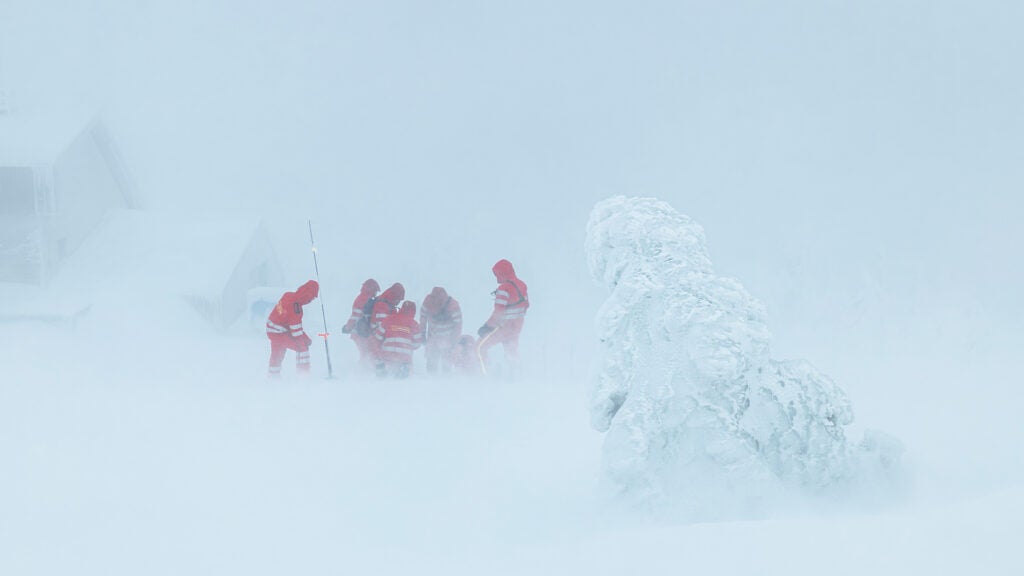Understanding Hypothermia: Risks and Prevention
As the temperatures drop and we venture into remote areas, understanding hypothermia becomes crucial for outdoor enthusiasts. Hypothermia, which results from prolonged exposure to cold, can lead to serious health risks and is responsible for about 1,500 deaths annually in the United States. This condition typically arises when the body’s core temperature falls below 95 degrees Fahrenheit, often unexpectedly, especially in rural environments where emergency services may not be readily available.
Signs and Symptoms of Hypothermia
Identifying hypothermia can be lifesaving. Common indicators include feeling excessively cold, loss of motor control, impaired mental functions, and a significant decrease in heart and respiratory rates. Symptoms progress through stages: from mild hypothermia, marked by shivering, to moderate when shivering ceases and motor coordination is severely affected. In severe hypothermia, individuals may lose consciousness altogether. Recognizing these symptoms early is critical in preventing severe health consequences and possible death.
The Risks of Hypothermia in Outdoor Activities
Outdoor activities, especially in cold weather, pose an increased risk of hypothermia. Many incidents occur when participants are inadequately prepared for sudden weather changes. For example, during a recent elk hunt in southwest Montana, unexpected snowfall turned potentially dangerous due to inadequate clothing. Such scenarios underline the importance of proper gear and understanding the environment to avoid hypothermia.
Essential Gear for Cold Weather Adventures
To prevent hypothermia, the right clothing is a necessity. While cotton should be avoided due to its tendency to retain moisture, synthetic fabrics and wool are excellent alternatives. Synthetic materials, such as polyester and nylon, allow for better moisture management and quicker drying times, providing safety in cold and wet conditions. Those venturing into the backcountry should invest in a reliable clothing system that can withstand sudden weather changes and help maintain body heat.
How to Prepare for Cold Conditions
Preparation is key in combating hypothermia. Engaging in what experts call a “rewarming drill” can teach valuable survival skills. This involves layering synthetic insulation and consuming easily digestible calories to create body warmth. Staying hydrated and managing moisture levels should be priorities while out in nature, making it vital to regularly check gear for effectiveness against the elements.
Methods of Treatment for Hypothermia
If hypothermia symptoms arise, immediate action is essential. The initial treatment involves shielding the person from cold environments and using insulating materials. For mild cases, thermal blankets, a heated environment, or body warmth from another individual can significantly help. In extreme cases, more advanced methods, including medical intervention, temporarily warmed structures, or heated blankets, may be necessary for recovery.
Final Thoughts on Combatting Hypothermia
In conclusion, understanding hypothermia—its signs, risks, prevention techniques, and treatment—is vital for anyone engaging in outdoor activities during colder weather. A well-informed and prepared adventurer can dramatically lower the risk of this potentially life-threatening condition. Always remember that training in performance expectations under realistic conditions is crucial. By doing so, individuals can ensure their gear and skills will adequately protect them against hypothermia when faced with real-life challenges in the wilderness.
